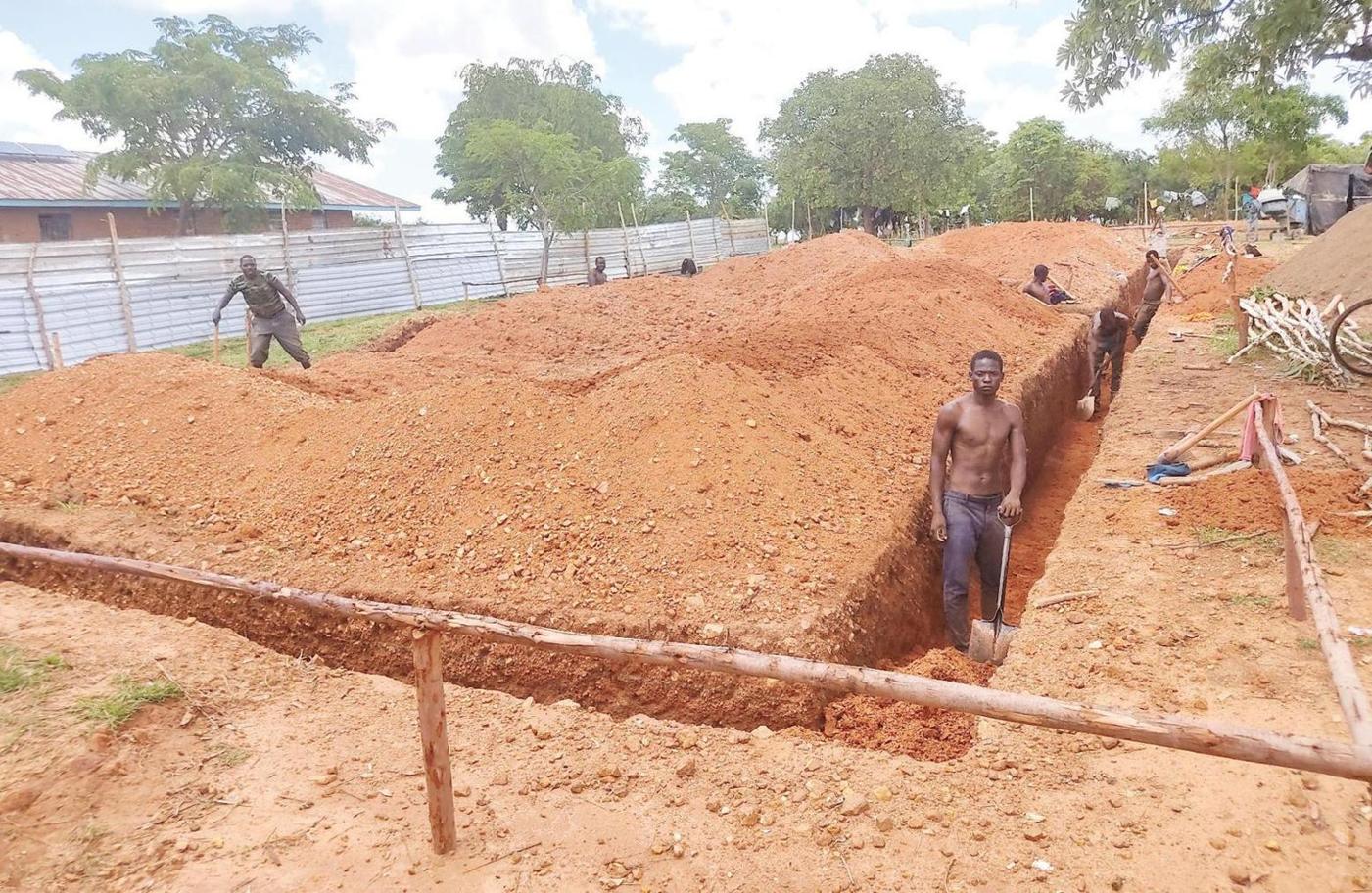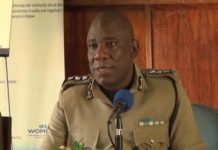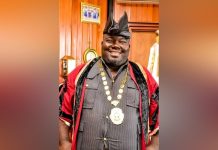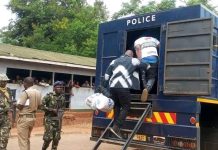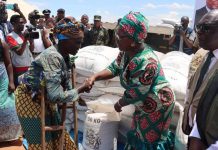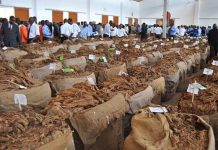Africa-Press – Malawi. Talk about dreams for the future and you will have 17-year-old Veronica Mwase, a Form Four student at Kamwanya Community Day Secondary School (CDSS) in Mchinji bubbling with excitement about what she dreams of becoming.
“All I want in life is to be a doctor. Not just any other doctor, but a surgeon so that I can assist people with serious health challenges,” Veronica says.
While he says he is doing his best, Stanley Malithano, a student at Chiwamba CDSS in Lilongwe, is apprehensive about his dream of becoming a teacher. Stanley and Veronica are not 100 percent sure of realising their dreams without the required science infrastructure at their respective schools.
Head teacher for Chayamba Secondary School in Kasungu, Rodgers Banda, bemoans the fact that majority of students, at over 60 percent, prefer humanities at the expense of science subjects. Banda says the students who shy away from science subjects do that not out of choice, but rather due to unavailability of necessary resources.
“Most of the delivery in science subjects has been theory without the practical element. Experiments are rarely done as the materials are not there, which makes students to neglect these subjects,” he explains.
Head teachers for Msalura and Mphomwa CDSSs in Salima and Kasungu respectively, Sherrif Phiri and Kennedy Mtapaonga also share challenges their schools face in offering science subjects.
Phiri says his school lacks infrastructure such as classroom blocks and laboratories and libraries. He says the double-shift school has one old small makeshift laboratory which fails to meet the demand, posing a challenge to teachers in facilitating lessons.
Mtapaonga says the majority of instruction in science subjects is theoretical which, compounded with shortage of classroom space, leads to most students shying away from science subjects.
The situation is similar in most CDSSs and some conventional secondary schools that do not have laboratories, libraries and adequate classroom blocks.
During the official handover of construction sites for the upgrading and expansion of 103 CDSSs and day secondary schools under the Equity with Quality and Learning at Secondary (Equals) project early this month, Minister of Education, Agnes NyaLonje, bemoaned the lack of necessary infrastructure to facilitate increased access and quality instruction in secondary schools for students in the country.
NyaLonje disclosed that while enrolment at primary school level is at 4.9 million learners, at secondary school it is only 414,102 with the net enrolment rate at 16.6 percent, which implies that 83.4 percent of children of secondary school age are not accessing secondary education.
The majority of these are selected to CDSSs most of which are under-resourced in terms of laboratories, and libraries. Data from the Ministry of Education indicates that out of 1,293 secondary schools in the country, only 597 schools have permanent campus libraries while 183 school libraries are housed in temporary structures.
In addition, there are only 771 secondary school science laboratories across the country. “The secondary sub-sector requires 445 more laboratories to achieve the minimum needs of our secondary schools. The majority of secondary schools which do not have science laboratories are CDSSs,” NyaLonje says.
Through component three of the $90 million World Bank-funded Equals project, the ministry is constructing 65 double classroom blocks, 88 twin science laboratory blocks, 45 library and information and communications technology (ICT) blocks and 105 toilet blocks—35 blocks each for girls, boys and staff.
NyaLonje says theory alone is not enough for science instruction. “Theory needs to be complemented with practical work in laboratories and workshops. Consequently, there is a need to increase and expand the available science and ICT laboratories in secondary schools,” the minister says.
The ministry in collaboration with Mzuzu University is also working on a project to develop and expand virtual and digital laboratory space through provision of laboratory experience for students through the computer to reduce the need to construct high cost physical laboratories.
Construction of a twin laboratory and classroom block excites Chipoka Secondary School head teacher, Widris Kumbala, who says it will go a long way in improving service delivery at the school.
“The teachers and students are hard-working at this school but have been limited by unavailability of a modern laboratory. I can only imagine how performance will improve when the structures are up and running in a few months,” Kumbala says.
Head of the Science Department at Msalura CDSS Madalitso Kudzala says the construction of a laboratory at his school is game changer. “We perform miracles without a chemistry, physics, biology and agriculture laboratory. Imagine what we will do with a fully-fledged modern twin laboratory that is being constructed,” Kudzala says.
Secretary for Education Chikondano Mussa says the contract period for the new structures is 10 months, from December 5, 2022 to October 5, 2023. “Nationwide, the project will create additional space for 6,500 students by the next academic year. This will not only improve access and equity in secondary education, but also the quality and relevance of the education through the provision of science and ICT laboratories, libraries and other facilities,” Mussa says.
For More News And Analysis About Malawi Follow Africa-Press

